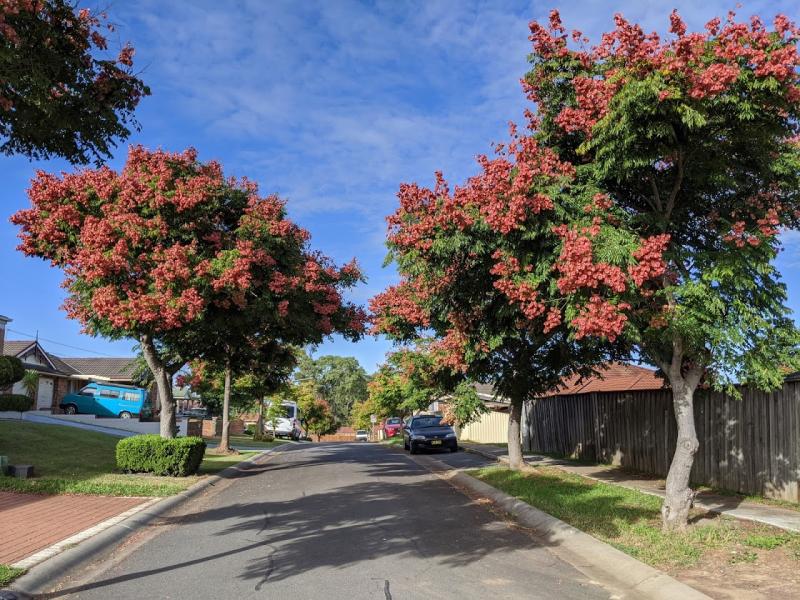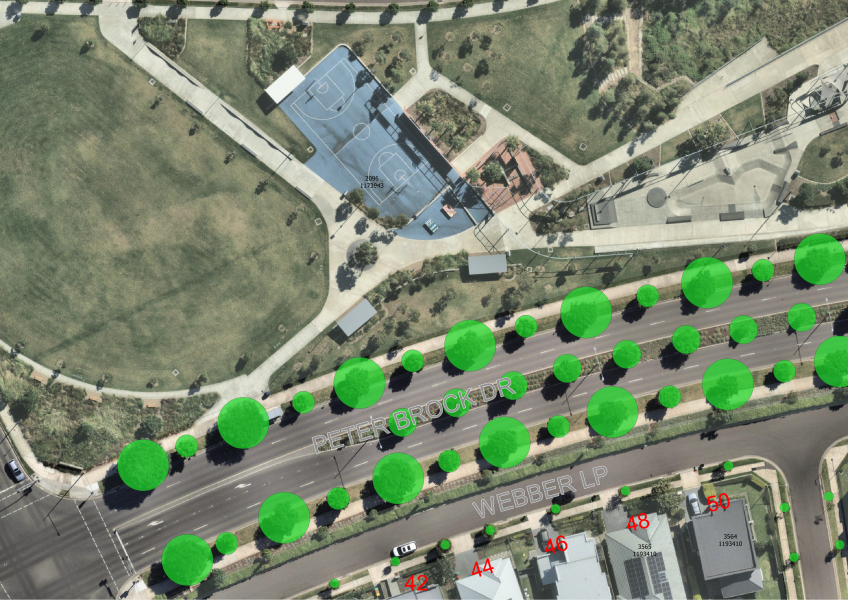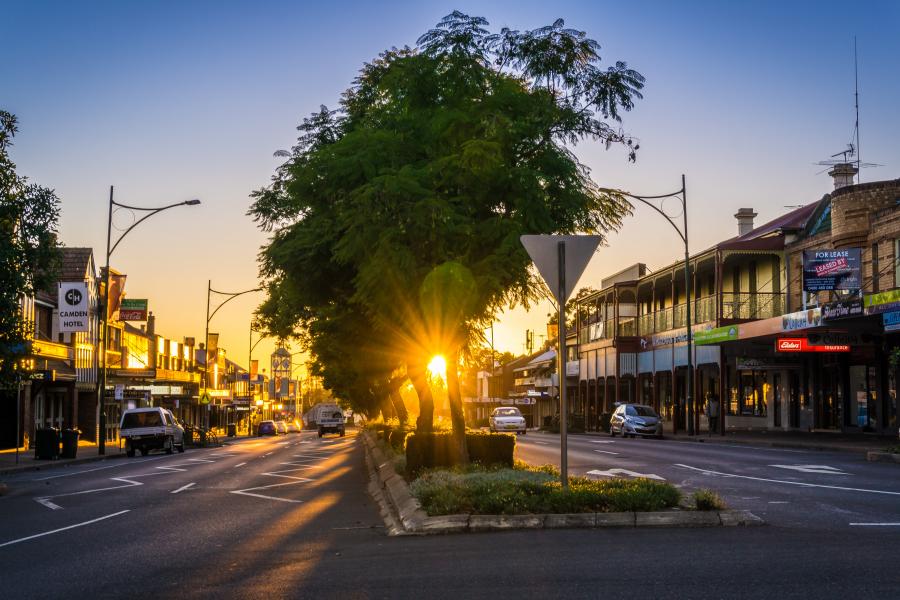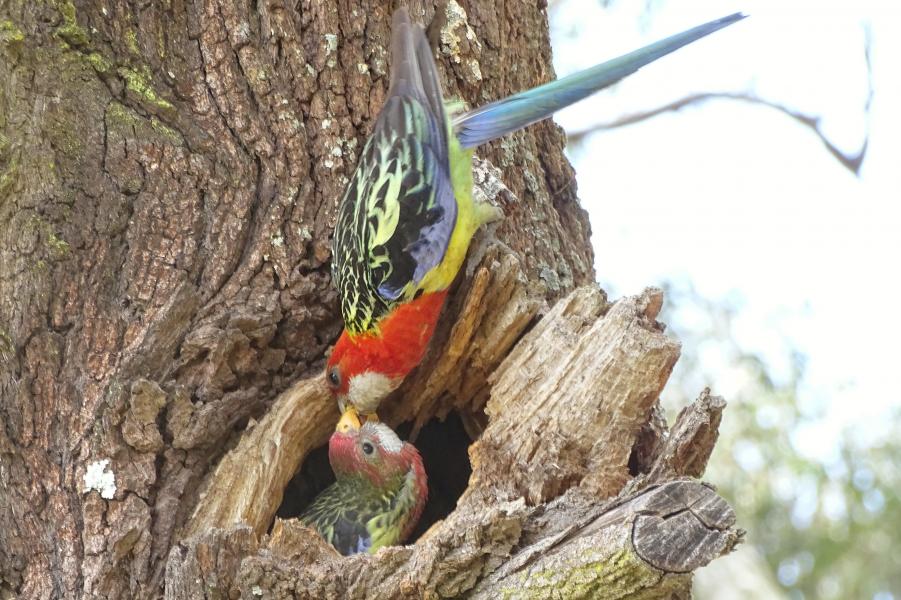Trees
Urban trees are valuable to Camden and have a range of environmental benefits. To create a sustainable, liveable and cool Camden we need trees and green cover. Council is committed to managing and maintaining our public trees with high standards, while also ensuring public safety, minimising nuisance and maximising benefits to the community.





